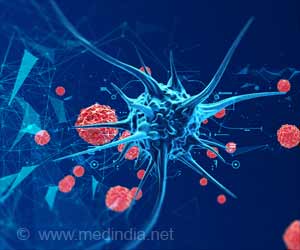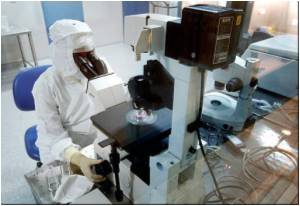Understanding how the ATE1 enzyme works and how it is controlled could lead to the identification of new treatment targets for disorders associated with it.
- Buildup of defective proteins in the body can lead to various diseases
- Researchers have identified an enzyme ATE1 that is involved in cellular stress response
- This could open the door to new therapeutic targets
Enzymes Help To Get Rid of Disease-Causing Proteins
The enzyme is known as ATE1, and it is a member of the arginyl-tRNA transferase family. These enzymes add arginine (an amino acid) to proteins, which frequently marks them for degradation in the cell. It is critical to destroy misfolded proteins, which are frequently caused by cellular stress, to avoid such proteins from interfering with cellular function. A buildup of defective proteins in the body can create major difficulties, leading to diseases such as Alzheimer's or cancer, thus being able to get rid of these proteins efficiently is critical to long-term health.Implications of ATE1 in Modulating Cellular Stress
The current study shows that ATE1 attaches to iron-sulfur ion clusters and that the enzyme's activity rises two to thrice when linked to one of these iron-sulfur clusters. Furthermore, when the researchers inhibited the cells' ability to form clusters, ATE1 activity dropped drastically. They also discovered that ATE1 is particularly sensitive to oxygen, which they believe is related to its involvement in modulating the cell's stress response via oxidative stress. “We were very excited about that because it has lots of very tantalizing downstream implications, particularly related to the enzyme’s role in disease,” says Smith, associate professor of chemistry and biochemistry.Smith and then-graduate student Verna Van, Ph.D. '22, biochemistry and molecular biology, had been striving for quite some time to induce ATE1 to interact with heme, a molecule that contains iron and is required to bind oxygen in the blood, to corroborate the results of another group. Smith confesses that it was not working and that they were becoming frustrated. Nevertheless, when preparing a lecture on proteins that interact with clusters of metal and sulfur atoms, Smith noticed that the proteins he was about to cover with his students resembled ATE1.
The fact that the enzyme binds the clusters at all was interesting and new, “but then we also asked if that’s affecting the enzyme’s ability to do what it does,” Smith says.
Source-Medindia
















